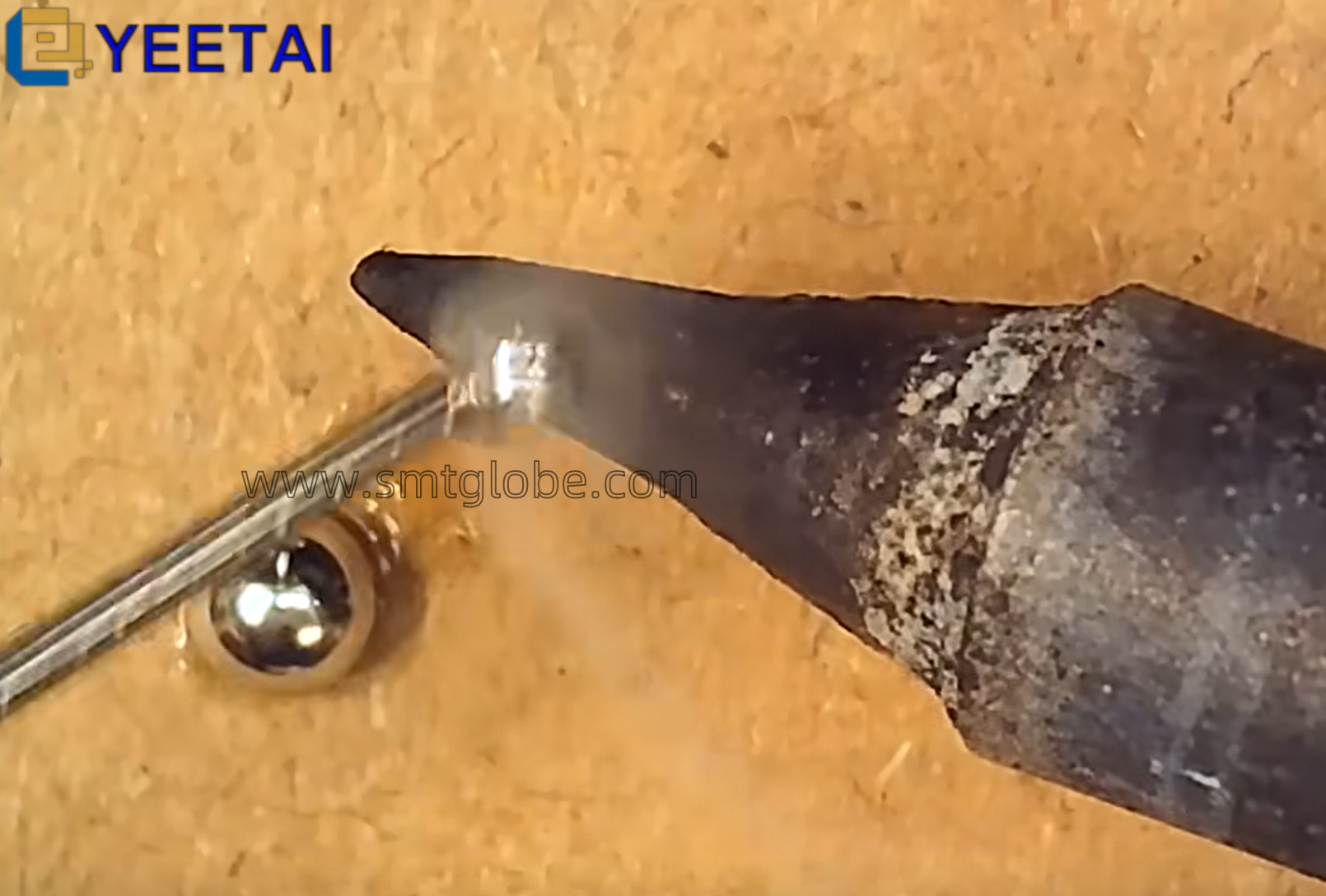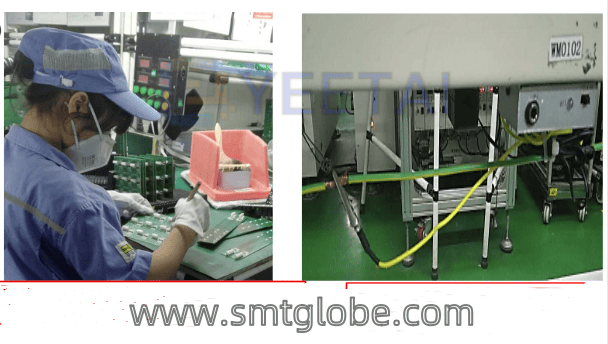In the SMT (Surface Mount Technology) production process, the performance of SMT feeders significantly impacts the assembly rate of components. Therefore, effectively maintaining these feeders is crucial for enhancing the overall yield during production. Proper maintenance can drastically reduce the negative effects that feeders may have on assembly efficiency, ultimately improving the direct pass rate of the SMT processes.
SMT feeders typically require maintenance after approximately 1 million feeding cycles. Machines are equipped to keep track of the number of times the feeder has delivered components. Once the feeding count reaches this threshold, maintenance technicians should assess the condition of the feeder, perform necessary upkeep, and reset the feeding count to zero.
Key Maintenance Areas
The maintenance process primarily focuses on several critical aspects of the feeder, including:
- Sensor Functionality: Checking the operation of the feeder sensors.
- Gear Wear: Inspecting for any noticeable wear on the gears.
- Screw Tightness: Ensuring that screws are not loose or overly tight.
- Induction Plate Alignment: Checking for any deviations in the induction plate.
- Cover Flatness: Ensuring that the cover is seated flat without any gaps or damage.
- Roller Tension: Checking the tightness of the pressure rollers.
- Spring Integrity: Inspecting all spring components for any damage or defects.
Best Practices for Operating SMT Feeders
- Feeder Cover Security: When loading components, operators must ensure that the feeder cover is securely fastened to prevent potential damage to the suction nozzle. Operators should also distinguish between tape feeders and paper feeders to avoid issues with component pickup.
- Feeder Connection Check: When placing the feeder onto the SMT machine, check that the hook is securely fastened. If the feeder is still wobbling after securing it, it needs to be replaced and sent to a maintenance technician for further evaluation.
- Component Monitoring: If any loose feeder parts are observed in the Z-axis of the SMT machine, immediately inform a technician and refrain from operating the machine until a thorough inspection is completed. For high-speed feeders, ensure the internal cover can rotate in the opposite direction; if it can, it requires replacement. For medium-speed feeders, inspect the beak for any wear. If any wear is found, replacement is necessary to prevent unnecessary component loss.
- Temporary Storage: If the SMT feeder is not in use, it should have its cover fastened securely and stored according to the prescribed guidelines. When moving feeders, close proximity should involve hand-carrying them, while longer distances should utilize a cart. Avoid stacking more than three feeders to prevent deformation.
- Guide Rail Cleaning: Debris, such as fallen electronic components, can accumulate in the gap between the material guide rail and the board, causing instability and misalignment in component dispensing. To clean the guide rails, follow these steps:
(1) Remove the Guide Rail: Loosen the screws securing the upper guide rail axis to detach it and the guide rail itself. Use a screwdriver to facilitate the removal of the guide rail axis.
(2) Conduct Cleaning: Utilize a brush to clean out debris trapped between the material rail, guide rail, and the board.
(3) Confirm Operation of Component Transfer: Verify that the component transfer area is functioning correctly. If any obstructions or sluggish movements are detected, replace the guide rail with a new one promptly.
Conclusion
Regular maintenance and careful handling of SMT feeders are paramount to ensuring optimal performance in PCB assembly processes. By adhering to these best practices for operation and maintenance, businesses can significantly mitigate potential issues arising from feeder malfunctions, thus enhancing production efficiency. Establishing a proactive maintenance schedule and educating operators on proper handling will further contribute to reducing downtime and improving the overall yield in SMT production.
By implementing these strategies, manufacturers can ensure that their SMT feeders operate at peak performance, ultimately leading to higher productivity in electronic assembly operations.
At YEETAI, we produce all kinds of feeder to upgrade SMT machines.



